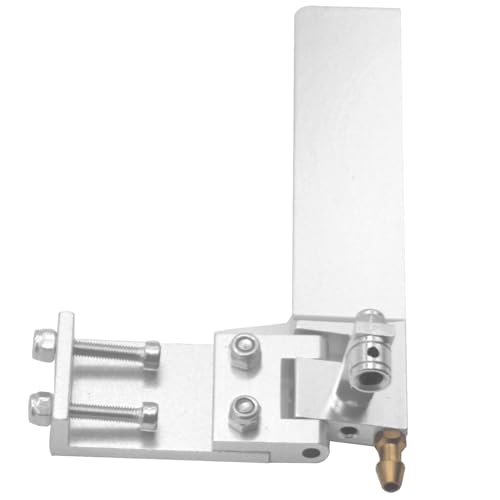G
Guest
Guest
Dave,
If that is what you been doing and it works for you by all means, keep doing it. Like the saying goes, If it aint broke don't fix it. I can certainly relate to the toys just seeting in the tool box to look pretty. Only time I use them is in the winter, when I rebuild the motors for the next season.
Gene,
.020 solder is what I also use also, keep some handy in the tool box, if I need it in a pinch. There is more than one way to skin a cat! In boating I learned a long time ago what works for one guy does not necessarily means it will work for another, just keep an open mind and use what you can use.
Bill Heacock
If that is what you been doing and it works for you by all means, keep doing it. Like the saying goes, If it aint broke don't fix it. I can certainly relate to the toys just seeting in the tool box to look pretty. Only time I use them is in the winter, when I rebuild the motors for the next season.
Gene,
.020 solder is what I also use also, keep some handy in the tool box, if I need it in a pinch. There is more than one way to skin a cat! In boating I learned a long time ago what works for one guy does not necessarily means it will work for another, just keep an open mind and use what you can use.
Bill Heacock



































